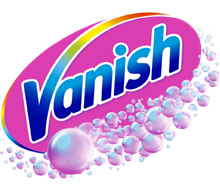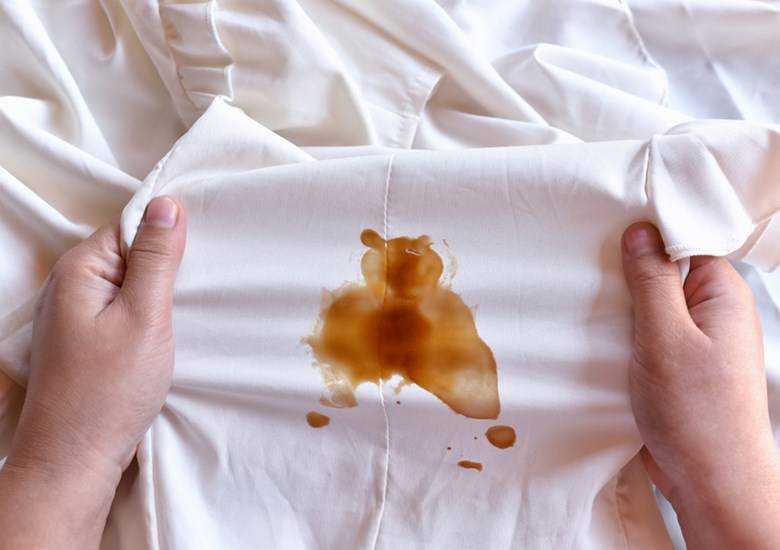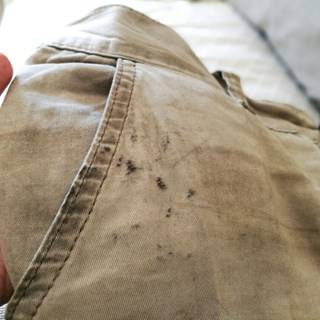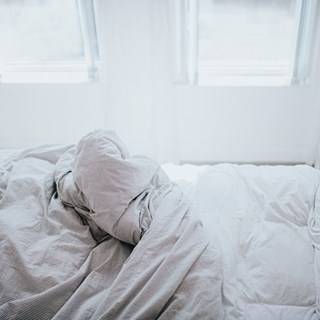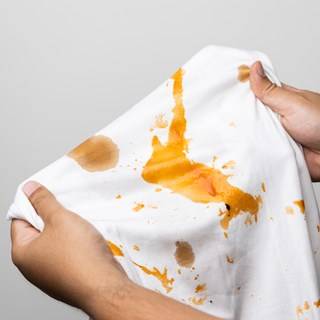Common household stains
Household stains happen all the time. Whether it’s red wine stains caused by a clumsy guest or ink stains from an overenthusiastic artist. And let's not forget about the ever-present food stains, from tomato sauce to chocolate.
By understanding the nature of these common household stains, you'll be better equipped to tackle them head-on.
Pre-treating stains
It’s ideal to take immediate action to treat any stains before attempting to remove them completely. Different types of stains require different pretreatment techniques.
For fresh food stains, it's best to scrape off any excess residue and then blot the stain with a clean cloth soaked in cold water.
For oil-based stains like grease or lipstick stains, applying a small amount of stain remover directly to the stain can help break it down.
Choosing the right stain remover
With so many stain removal products available in the market, it can be overwhelming to know which one to choose. That’s where we can help!
Make the Vanish Oxi Action your go-to for tackling a wide range of stains*. It’s ideal if you’re not too sure what type of stain you’re dealing with or if there’s more than one type of stain. On top of removing stains, the Pink Version helps protect colours and the white version is ideal for white clothes.
Some products are more restrictive as they are formulated to target specific types of stains, such as food or grease stains.
Also, some stain removers are more effective on certain types of stains or surfaces than others. Reading product labels and following the instructions is therefore crucial.
